Space Optics Instrument Design & Technology 2017
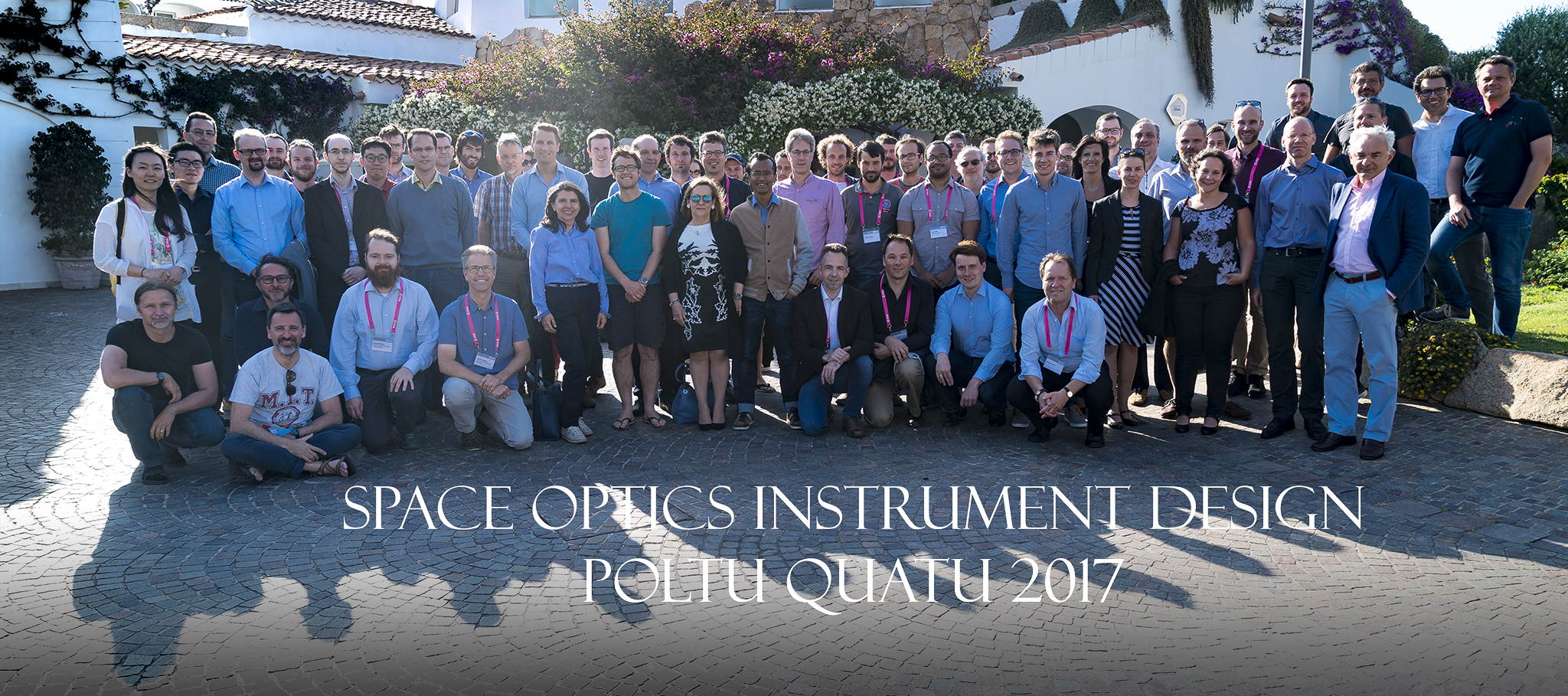
In May 2017 60 students from 12 countries and 29 companies, institutes or organisations were following the course
Course Overview and Content
In 2017 the course focusses on the Space Optics Instrument Design (SOIDT - Design). It takes place from 15 to 19 May. The venue will be the Grand Hotel Poltu Quatu.
The 2017 course is given in two parallel classes with a maximum of 30 participants per class. The classes are targeted to the area of expertise of the audience.
Class A is organised for engineers, who want to deepen their knowledge in the design process of optical instruments for space.
Class B provides a broader view to enhance the understanding of the optical system development process. Both classes will cover all subjects listed below in the curriculum:
Class A is organised for engineers, who want to deepen their knowledge in the design process of optical instruments for space.
Class B provides a broader view to enhance the understanding of the optical system development process. Both classes will cover all subjects listed below in the curriculum:
SOIDT - Design 2017 Curriculum
Academic Staff
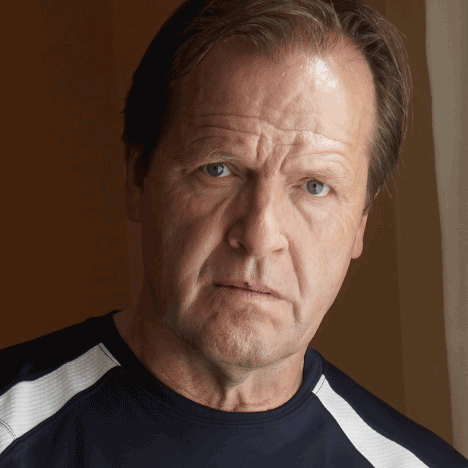
Bernd Harnisch, PhD Physics
Position: Course academic programme manager
Lecturing: Spectrometer, Hands-on application
worked 23 years at the European Space Agency in the Optics section as optical engineer. During his career he was responsible for technology developments on telescopes, spectrometers and lightweight ceramic mirror materials. Further on he was supporting the following optical flight instruments: GOMOS on ENVISAT, MSG, GERB on MSG, NIRSpec for JWST, MIRI for JWST and SEOSAT.
cv
1992 - 2015 ESTEC, optical engineer in the Optics section
1997 - 1992 Scientific Assistant in at Friedrich-Schiller University Jena
1985 - 1987 Academy of Sciences Jena
1981 - 1985 PhD in Holographic Interferometry at Friedrich-Schiller University Jena
1976 - 1981 study of Physics at Friedrich-Schiller University Jena
Lecturing: Spectrometer, Hands-on application
worked 23 years at the European Space Agency in the Optics section as optical engineer. During his career he was responsible for technology developments on telescopes, spectrometers and lightweight ceramic mirror materials. Further on he was supporting the following optical flight instruments: GOMOS on ENVISAT, MSG, GERB on MSG, NIRSpec for JWST, MIRI for JWST and SEOSAT.
cv
1992 - 2015 ESTEC, optical engineer in the Optics section
1997 - 1992 Scientific Assistant in at Friedrich-Schiller University Jena
1985 - 1987 Academy of Sciences Jena
1981 - 1985 PhD in Holographic Interferometry at Friedrich-Schiller University Jena
1976 - 1981 study of Physics at Friedrich-Schiller University Jena
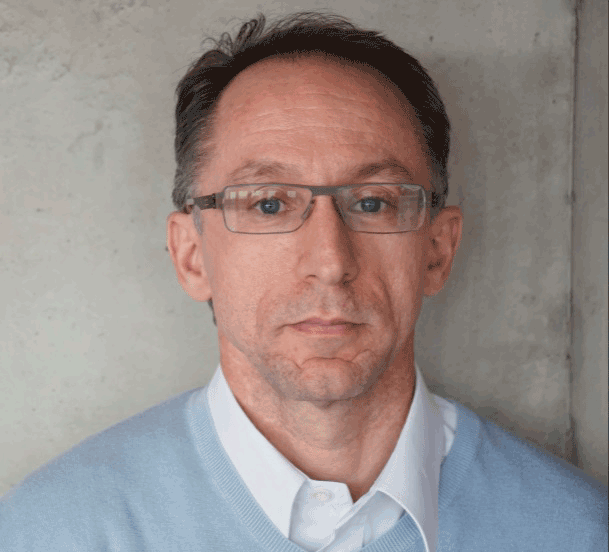
Jean-Christophe Salvignol, MSc. Engineer
Position: ESA Euclid Mission & Payload Manager
Lecturing: Mechanical Engineering
Jean-Christophe Salvignol is the Euclid Payload and Mission Manager working at the European Space Agency. He leads a team in charge of the procurement of the Payload Module (industrial contract) including two large instruments, the VIS and the NISP (nationally funded). He and his team are also responsible for the overall mission performances of the space and ground segments.
cv
2012 - present ESA, Euclid Mission & Payload Manager
2004 - 2012 ESA, JWST NIRSpec and MIRI Mechanical Engineer
2001 - 2004 ESA, Rosetta Mechanical Engineer
1992 - 2001 ATOS-NL Consultant in structural design and analysis for space programs
1986 - 1991 Engineering degree at Institute National des Sciences Appliquées
Lecturing: Mechanical Engineering
Jean-Christophe Salvignol is the Euclid Payload and Mission Manager working at the European Space Agency. He leads a team in charge of the procurement of the Payload Module (industrial contract) including two large instruments, the VIS and the NISP (nationally funded). He and his team are also responsible for the overall mission performances of the space and ground segments.
cv
2012 - present ESA, Euclid Mission & Payload Manager
2004 - 2012 ESA, JWST NIRSpec and MIRI Mechanical Engineer
2001 - 2004 ESA, Rosetta Mechanical Engineer
1992 - 2001 ATOS-NL Consultant in structural design and analysis for space programs
1986 - 1991 Engineering degree at Institute National des Sciences Appliquées
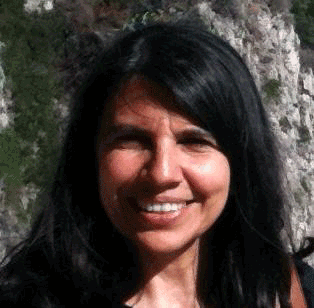
Angela Piegari, MSc. Physicist
Position: Research Director, ENEA
Lecturing: Optical coatings
Angela Piegari has been working for 30 years in the field of optical thin films and coatings at ENEA (Italian National Agency for New Technologies, Energy and the Sustainable Development). Since 1994 she has been the Director of the Optical Coatings Laboratory of ENEA. She collaborates with many European Institutes in the frame of European projects and is member of various technical committees. In 2007 she was elected as member of the Board of the European Technology Platform “Photonics21” and in 2013 she has been appointed as President of the “Italian Society of Optics and Photonics”, national branch of the European Optical Society. Author of more than 100 papers, she recently edited a new book on “Optical Thin Films and Coatings” and in 2015 was Director of the Winter College “Light: a bridge between Earth and Space”.
cv
2010 - 2016 Research Director at ENEA
1994 - 2015 Responsible for the Optical Coatings Laboratory at ENEA
1977 - 1994 Researcher in the field of Optical Coatings
1977 Graduated with honours in Physics
Lecturing: Optical coatings
Angela Piegari has been working for 30 years in the field of optical thin films and coatings at ENEA (Italian National Agency for New Technologies, Energy and the Sustainable Development). Since 1994 she has been the Director of the Optical Coatings Laboratory of ENEA. She collaborates with many European Institutes in the frame of European projects and is member of various technical committees. In 2007 she was elected as member of the Board of the European Technology Platform “Photonics21” and in 2013 she has been appointed as President of the “Italian Society of Optics and Photonics”, national branch of the European Optical Society. Author of more than 100 papers, she recently edited a new book on “Optical Thin Films and Coatings” and in 2015 was Director of the Winter College “Light: a bridge between Earth and Space”.
cv
2010 - 2016 Research Director at ENEA
1994 - 2015 Responsible for the Optical Coatings Laboratory at ENEA
1977 - 1994 Researcher in the field of Optical Coatings
1977 Graduated with honours in Physics
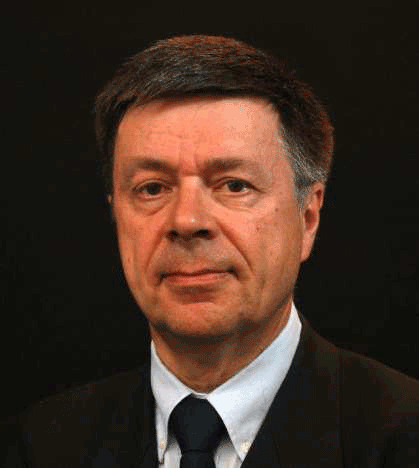
Roland Geyl, MSc. Optical Engineer
Position: Bussiness development, REOSC
Lecturing: Optical Design
Roland GEYL is an Optical Engineer graduated from Paris Orsay Institute of Optics Maurice working at Reosc, SAFRAN Group in France. During more than three decades he contributed to most of the space projects at REOSC either as lens designer, manufacturing and testing engineer, program manager, sales manager and plant director. Today he focuses on business development. His main task is to explore new business opportunities for REOSC and act as expert in lens design, manufacturing and testing. Current research is on freeform optics for astronomy and space.
cv
2013 - today Reosc, France, Business development
1999 - 2012 Sagem-Reosc, France, Sales Manager & Safran Emeritus Expert in High performance optics
1981 - 1998 Reosc, France, Lens design & Engineering / Optical manufacturing & Testing/ Program management / Division Manager )
1976 - 1979 Study at Ecole Superieure d'Optique (Major of promotion)
1982 - 2002 lecturer of Lens Design course at the Ecole Supérieure d'Optique, Paris-Orsay
Lecturing: Optical Design
Roland GEYL is an Optical Engineer graduated from Paris Orsay Institute of Optics Maurice working at Reosc, SAFRAN Group in France. During more than three decades he contributed to most of the space projects at REOSC either as lens designer, manufacturing and testing engineer, program manager, sales manager and plant director. Today he focuses on business development. His main task is to explore new business opportunities for REOSC and act as expert in lens design, manufacturing and testing. Current research is on freeform optics for astronomy and space.
cv
2013 - today Reosc, France, Business development
1999 - 2012 Sagem-Reosc, France, Sales Manager & Safran Emeritus Expert in High performance optics
1981 - 1998 Reosc, France, Lens design & Engineering / Optical manufacturing & Testing/ Program management / Division Manager )
1976 - 1979 Study at Ecole Superieure d'Optique (Major of promotion)
1982 - 2002 lecturer of Lens Design course at the Ecole Supérieure d'Optique, Paris-Orsay
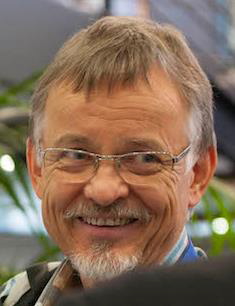
Ivar Kjelberg, PhD, MSc.Physics
Position: Head of Section System Division, CSEM
Lecturing: Thermal Analysis and Design
Ivar KJELBERG is Norwegian and Engineer in Physics, from EPF in Lausanne (CH) with a Ph.D. thesis on Ion Temperature Laser Metrology of a Tokamak Plasma. He joined the Optical Systems section of CSEM SA, a Swiss RTO, in 1988, then developing opto-mechatronics inter-satellite laser-link components. Today, as Senior Expert at the Systems Division, his activities are mainly focused on simulations with COMSOL Multiphysics®of opto-mechanical and AO systems. Linking MEMS and fine mechanics to optical components in their true multi-physics environment.
cv
1955 - Born in Baerum, Norway.
1974 - 1979 - Physics study at "École Polytechnique Fédérale de Lausanne", (EPFL), Switzerland, with the title "Ingénieur Physicien Diplomé EPF".
1979 - 1986 - PhD "Docteur ès sciences" from the "Centre de Physique des Plasmas" of the EPFL, Switzerland
1987 - 1988 - Post Doc at the "Norwegian Defence Research Establishment" (NDRE) at Kjeller, Norway.
1988 - today - At the "Centre Suisse d'Électronique et de Microtechnique" CSEM SA, Neuchâtel, Switzerland, in the functions respectively of "R&D Engineer", "Project Manager", "Head of Section" and currently "Senior Expert" in the Systems Division. Active on the procurement and the execution of the design, simulations, manufacturing and tests of numerous scientific instruments projects, mainly of advanced, active, opto-mechanic systems for the Space (ESA), the Astronomy (ESO) community and industry in general, by combining fine mechanics and M(O)EMS design.
Lecturing: Thermal Analysis and Design
Ivar KJELBERG is Norwegian and Engineer in Physics, from EPF in Lausanne (CH) with a Ph.D. thesis on Ion Temperature Laser Metrology of a Tokamak Plasma. He joined the Optical Systems section of CSEM SA, a Swiss RTO, in 1988, then developing opto-mechatronics inter-satellite laser-link components. Today, as Senior Expert at the Systems Division, his activities are mainly focused on simulations with COMSOL Multiphysics®of opto-mechanical and AO systems. Linking MEMS and fine mechanics to optical components in their true multi-physics environment.
cv
1955 - Born in Baerum, Norway.
1974 - 1979 - Physics study at "École Polytechnique Fédérale de Lausanne", (EPFL), Switzerland, with the title "Ingénieur Physicien Diplomé EPF".
1979 - 1986 - PhD "Docteur ès sciences" from the "Centre de Physique des Plasmas" of the EPFL, Switzerland
1987 - 1988 - Post Doc at the "Norwegian Defence Research Establishment" (NDRE) at Kjeller, Norway.
1988 - today - At the "Centre Suisse d'Électronique et de Microtechnique" CSEM SA, Neuchâtel, Switzerland, in the functions respectively of "R&D Engineer", "Project Manager", "Head of Section" and currently "Senior Expert" in the Systems Division. Active on the procurement and the execution of the design, simulations, manufacturing and tests of numerous scientific instruments projects, mainly of advanced, active, opto-mechanic systems for the Space (ESA), the Astronomy (ESO) community and industry in general, by combining fine mechanics and M(O)EMS design.
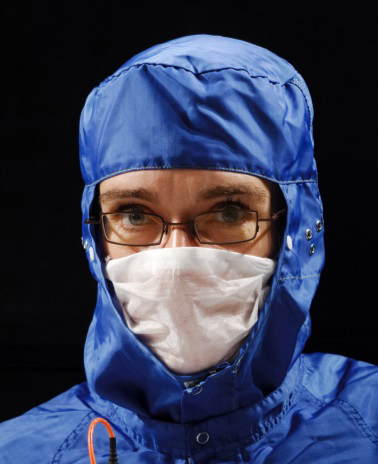
Berit Ahlers, MSc. Engineering
Position: Optical instrument calibration engineer, ESA
Lecturing: Optical Instrument Calibration
Berit Ahlers is an optical calibration engineer working at the European Space Agency. Currently, she is supporting several Sentinel projects within the Copernicus programme. Her main task is to support UV-VIS-NIR hyperspectral optical instrument projects in view of L1b data performance from the point of calibration. Background GOME-2, Sciamachy, NirSpec, ExoMars, S4, S5, S5p.
cv
since 2010 optical instrument calibration engineer in the optics section at ESA ESTEC, Noordwijk, The Netherlands
1999 - 2010 research employee in the space section at TNO institute for applied physics, Delft, The Netherlands
1998 Engineer for SCIAMACHY EGSE operation at Dornier Satellitensysteme, Germany
1997 - 1998 Dipl.-Ing. Final thesis in the field of spectro-radiometry, remote sensing at the research centre FZ Jülich, Germany
1995 - 1996 Satellite data processing at MRJ/GTAC Tucson, USA
Lecturing: Optical Instrument Calibration
Berit Ahlers is an optical calibration engineer working at the European Space Agency. Currently, she is supporting several Sentinel projects within the Copernicus programme. Her main task is to support UV-VIS-NIR hyperspectral optical instrument projects in view of L1b data performance from the point of calibration. Background GOME-2, Sciamachy, NirSpec, ExoMars, S4, S5, S5p.
cv
since 2010 optical instrument calibration engineer in the optics section at ESA ESTEC, Noordwijk, The Netherlands
1999 - 2010 research employee in the space section at TNO institute for applied physics, Delft, The Netherlands
1998 Engineer for SCIAMACHY EGSE operation at Dornier Satellitensysteme, Germany
1997 - 1998 Dipl.-Ing. Final thesis in the field of spectro-radiometry, remote sensing at the research centre FZ Jülich, Germany
1995 - 1996 Satellite data processing at MRJ/GTAC Tucson, USA
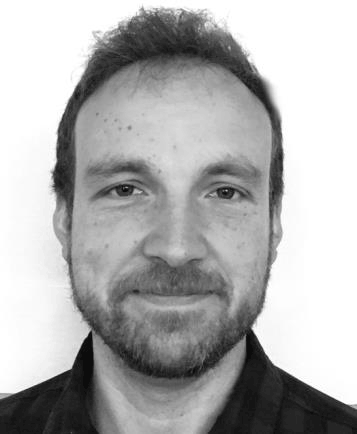
Jose Lorenzo Alvarez, MSc. Telecommunication Engineering
Position: ESA Euclid Mission & Payload System Engineer
Lecturing: Requirements and Radiometric Analysis
Jose Lorenzo Alvarez is a systems engineer working at the European Space Agency Science Projects department. He was the Principal System Engineer and Instrument Manager for the Mid-Infrared Instrument (MIRI) in the James Webb Space Telescope. Currently, he is the Mission and Payload System Engineer for the Euclid Project.
cv
2013 - present ESA ESTEC, Mission Systems Engineer
2010 - 2013 ESA ESTEC, JWST MIRI Instrument Manager
2006 - 2010 ESA ESTEC, JWST MIRI Systems Engineer
2003 - 2006 Brimrose Corporation of America - Optical Product Development Engineer
2001 - 2003 CIENA Corporation - Senior Passive Photonics Engineer
1999 - 2001 University of Maryland Photonic Switching and Integrated Optoelectronics Laboratory - Research Assistant
Education
2011 INCOSE Certified Systems Engineering Professional (CSEP)
1995-1999 MSc Telecommunications Engineering, Polytechnic University of Catalonia (Barcelona, Spain) - Optoelectronics Major
Lecturing: Requirements and Radiometric Analysis
Jose Lorenzo Alvarez is a systems engineer working at the European Space Agency Science Projects department. He was the Principal System Engineer and Instrument Manager for the Mid-Infrared Instrument (MIRI) in the James Webb Space Telescope. Currently, he is the Mission and Payload System Engineer for the Euclid Project.
cv
2013 - present ESA ESTEC, Mission Systems Engineer
2010 - 2013 ESA ESTEC, JWST MIRI Instrument Manager
2006 - 2010 ESA ESTEC, JWST MIRI Systems Engineer
2003 - 2006 Brimrose Corporation of America - Optical Product Development Engineer
2001 - 2003 CIENA Corporation - Senior Passive Photonics Engineer
1999 - 2001 University of Maryland Photonic Switching and Integrated Optoelectronics Laboratory - Research Assistant
Education
2011 INCOSE Certified Systems Engineering Professional (CSEP)
1995-1999 MSc Telecommunications Engineering, Polytechnic University of Catalonia (Barcelona, Spain) - Optoelectronics Major
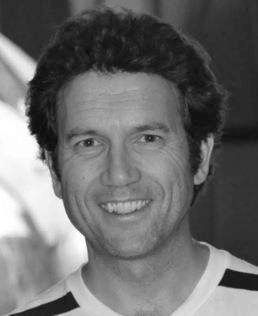
Maurice te Plate, M.Sc. Applied Physics
Position : JWST System Integration and Test Manager, NASA Goddard, ESA
Lecturing : Verification
Maurice te Plate is a systems engineer working at the European Space Agency. He is currently stationed at NASA, Goddard Space Flight Center, Greenbelt MD where he has the position of ESA System Integration and Test Manager for the James Webb Space Telescope Project. His main task is to ensure and coordinate a safe and proper integration and testing of the two European instruments on JWST: NIRSpec and MIRI.
cv
2012 - 2016 NASA Goddard, ESA JWST System Integration and Test Manager
2003 - 2012 ESA-ESTEC, ESA JWST Optical System Engineer
2001 - 2002 ESA-ESTEC, Optical Engineer in the Optics section
1995 - 2001 TNO Institute of Applied Physics, Optical Engineer/Designer
1994 Abbott Laboratories USA, Optical Consultant
1988 - 1993 Master's Degree in Applied Physics at Technical University of Twente
Lecturing : Verification
Maurice te Plate is a systems engineer working at the European Space Agency. He is currently stationed at NASA, Goddard Space Flight Center, Greenbelt MD where he has the position of ESA System Integration and Test Manager for the James Webb Space Telescope Project. His main task is to ensure and coordinate a safe and proper integration and testing of the two European instruments on JWST: NIRSpec and MIRI.
cv
2012 - 2016 NASA Goddard, ESA JWST System Integration and Test Manager
2003 - 2012 ESA-ESTEC, ESA JWST Optical System Engineer
2001 - 2002 ESA-ESTEC, Optical Engineer in the Optics section
1995 - 2001 TNO Institute of Applied Physics, Optical Engineer/Designer
1994 Abbott Laboratories USA, Optical Consultant
1988 - 1993 Master's Degree in Applied Physics at Technical University of Twente
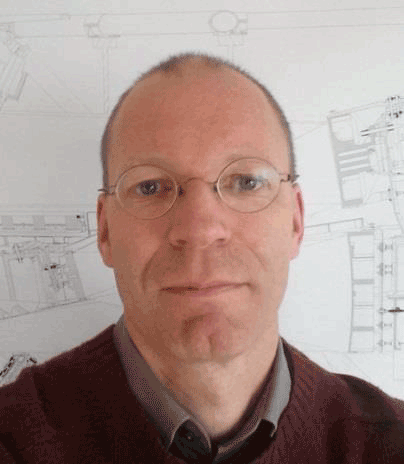
Volker Kirschner, MSc. Physics
Position: Optical Instrument Engineer, ESA
Lecturing: Straylight Minimization in Optical Systems
Volker Kirschner is Optical Instrument Engineer at the European Space Agency. In his position in the TEC Directorate he supports projects regarding optical design, straylight, manufacturing of optics and testing. His experience is based on his support to MERIS, Herschel, Planck, Sentinel-2 and Sentinel-5.
since 2001 Optical Instrument Engineer at the European Space Agency, Noordwijk
1998 - 2001 Optical Engineer at Dutch Applied Research Organisation TNO, Delft
1997 - 1998 Young Graduate Trainee at the European Space Agency, Noordwijk
1996 - 1997 Research Assistant at Fraunhofer Institute for Applied Optics and Precision Mechanics, Jena
1989 - 1996 Study of Physics at Friedrich-Schiller University Jena
Lecturing: Straylight Minimization in Optical Systems
Volker Kirschner is Optical Instrument Engineer at the European Space Agency. In his position in the TEC Directorate he supports projects regarding optical design, straylight, manufacturing of optics and testing. His experience is based on his support to MERIS, Herschel, Planck, Sentinel-2 and Sentinel-5.
since 2001 Optical Instrument Engineer at the European Space Agency, Noordwijk
1998 - 2001 Optical Engineer at Dutch Applied Research Organisation TNO, Delft
1997 - 1998 Young Graduate Trainee at the European Space Agency, Noordwijk
1996 - 1997 Research Assistant at Fraunhofer Institute for Applied Optics and Precision Mechanics, Jena
1989 - 1996 Study of Physics at Friedrich-Schiller University Jena

Gregory Lousberg, PhD, MSc. Physical Engineering
Position: Optical & System Engineer, AMOS
Lecturing: Lens Mounting
Gregory Lousberg is a system engineer working at Advanced Mechanical and Optical Systems (AMOS), Liege, Belgium. He is involved in space optical instrumentation as well as in ground-based optical telescopes. He ensures that the performances of the systems comply with the requirements, both at design and AIT campaign levels.
cv
since 2010 AMOS, Optical & System Engineer
2006 - 2010 PhD in Superconductivity, University of Liege
2000 - 2016 Master in physical engineering, University of Liege and Swiss Polytechnic School of Lausanne (EPFL)
Lecturing: Lens Mounting
Gregory Lousberg is a system engineer working at Advanced Mechanical and Optical Systems (AMOS), Liege, Belgium. He is involved in space optical instrumentation as well as in ground-based optical telescopes. He ensures that the performances of the systems comply with the requirements, both at design and AIT campaign levels.
cv
since 2010 AMOS, Optical & System Engineer
2006 - 2010 PhD in Superconductivity, University of Liege
2000 - 2016 Master in physical engineering, University of Liege and Swiss Polytechnic School of Lausanne (EPFL)
Accreditation
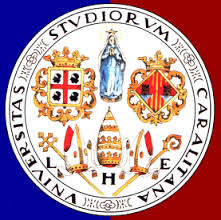
For those students that request the accreditation of credits from the European Credit Transfer and Accumulation System (ECTS) for their course attendance the course will offer a written test at the end of the course. The evaluation of the test, together with the evaluation of the hands-on activity, will output a "positive" or "negative" mark, which will be documented by the course certificate and an additional document stating the successful passing of the examen. These will be issued for each student so that he/she can present it to his/her own University administration in order to obtain ECTS credits.
However, it is the responsibility of each student to discuss with his/her own University professor(s) and administration to get the course on Space Optics Instrument and Technology for the ECTS credits accreditation from his/her University approved.
The Faculty of Electronic Engineering of the University of Cagliari, Italy has already formally approved that 4 ECTS will be recognised to their students by participating at the course and passing the final exam (University record no. 182 of 19/12/2016).

